Switch to:
 EN
EN  Português (PT)
Português (PT)  Español (ES)
Español (ES)
When we think about business aviation, notions of speed immediately come to mind. After all, this form of transport that we love so much covers colossal distances in just a few hours thanks to the speed at which it moves through the air. We always wonder how powerful these planes are, but we rarely talk about the opposite: what is the minimum speed at which they can fly?
All answers, in terms of the airline sector, are complex and this one is no different. There is no equal number that works for all planes, as the minimum speed will depend on the type, size, weight and passengers (or cargo). Other variables can also affect this minimum index such as aerodrome altitude, temperature and humidity and air density.
In general, to introduce a notion on this topic, we can say that the estimate for a commercial plane is that it remains in the air flying above 200 km/h – or approximately 108 kn (knots, unit of measurement commonly used in aviation). The Cessna 152, a small plane used mainly for training, continues to fly at 79 km/h (43 knots).

Stall Speed
To better understand these dynamics, it is necessary to know that in aviation there are several different measurements for speeds, and that each of them must be taken into account in different commands. In addition to the indicated speed, there is the calibrated, true, ground speed, take-off, landing speed, etc.
The most relevant, for the question of the minimum speed at which a business aircraft can fly, is the stall speed. This pace is different for each aircraft and is indicated in the instruction manuals. This is the lowest possible index for the pilot to still be able to maintain control of the flight.
In addition to the manufacturers’ own indications, airlines and air taxi companies often choose to add a safety margin over what the manual dictates. So, even if the flight reaches this low speed, it will still be a few km/h above a speed that poses risks.
For safety reasons, by the way, the National Civil Aviation Agency (Anac) recommends that the stall speed not be used in normal flights, but only in training without passengers. Pilots, from their first instructions, learn to deal with this situation.
The calculation of the stall speed is directly linked to the aircraft lift coefficient, which shows whether the plane is able to remain in the air. The faster the speed, the more lift will be generated, keeping the flight in perfect conditions.
If the plane flies below this limit, there is a loss of lift and it will stall. In practice, its inclination will be affected and the passage of air through the wings, which keep the plane supported, will be impaired. In this way, the aircraft will begin to fall.

There is, however, no cause for concern, as planes never come close to that speed and, as mentioned, airlines and air taxi companies take more precautions than manufacturers indicate. In the event of a breakdown during the flight, pilots are prepared to keep the plane gliding for a longer and safer descent.
Minimum Business Aviation Speeds in 2025
Now that you know the complexities surrounding the topic, get to know some of the aircraft that Flapper works with and check the minimum speed at which they can fly.
Cessna Caravan Grand: more than sophistication, this plane prioritizes utility and flexibility. Its cabin has a simple design, usually divided into three double rows and another three single seats. Incorporating the best features of previous Cessnas, the Caravan Grand can fly for around five hours at full cruise power. Its stall speed is 113 km/h (61 kn).
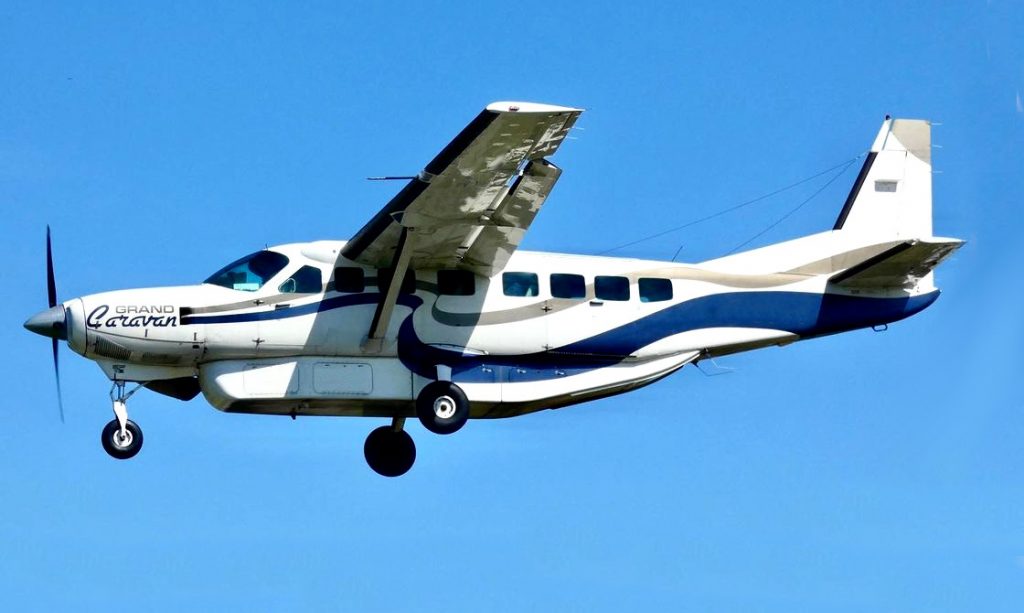
Pilatus PC-12: regarded as the Mercedes of single-engine turboprops, the PC-12 has a stall speed of 124 km/h (67 kn). Anyone flying one of these knows a unique combination of speed, comfort, and safety in the category. It is a versatile aircraft, ideal for weekend getaways or short-haul flights for corporate teams.
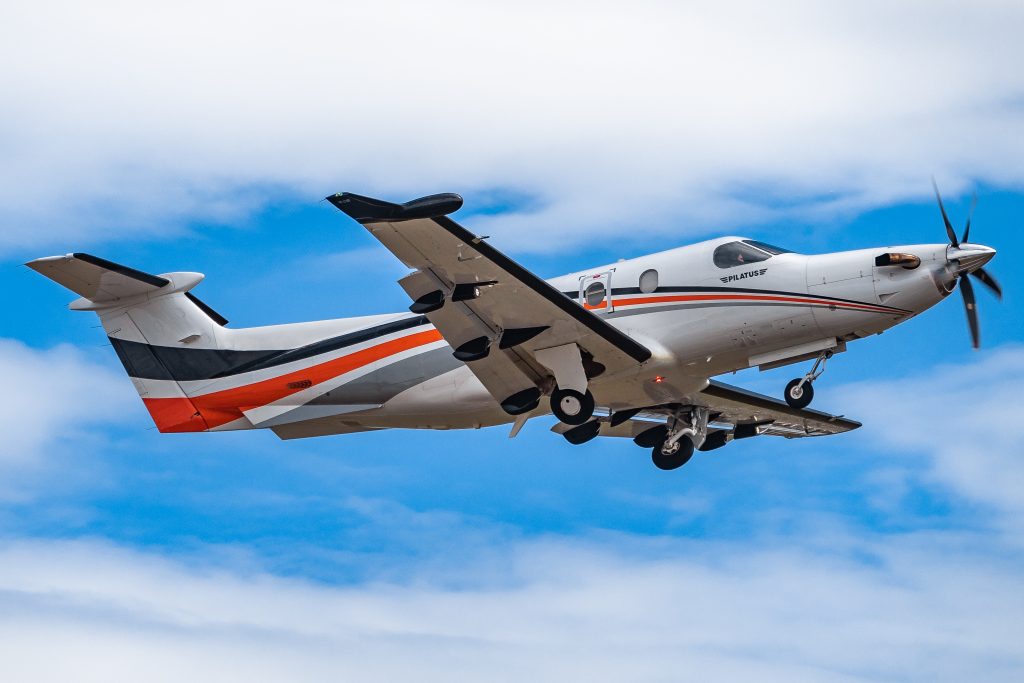
Bombardier Global 7500: Considered the pinnacle of business aviation, the Global 7500 offers a spacious cabin with four zones distinct rooms, including a master suite with queen-size bed and shower. With intercontinental range, it is ideal for long trips with maximum comfort. Its stall speed is approximately 210 km/h (120kt).
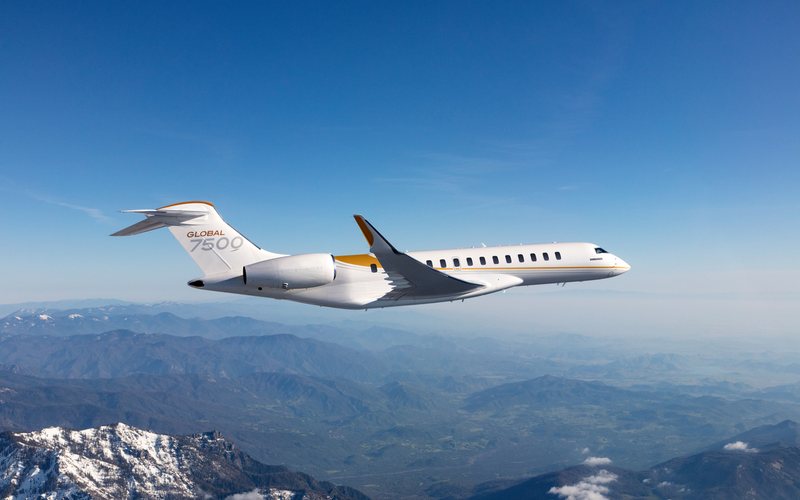
Gulfstream G650ER: This jet combines exceptional performance with refined luxury. The cabin accommodates up to 19 passengers and can be configured with beds, a dining area and meeting space. With a range of up to 12,964 km, it is perfect for transcontinental flights. Its stall speed is about 220 km/h (110kt).

Dassault Falcon 8X: The Falcon 8X offers a quiet, customizable cabin with capacity for up to 16 passengers. Its panoramic windows and sound insulation provide a peaceful flying experience. With a range of 11,945 km, it is ideal for long routes. The stall speed is approximately 200 km/h (110kt).
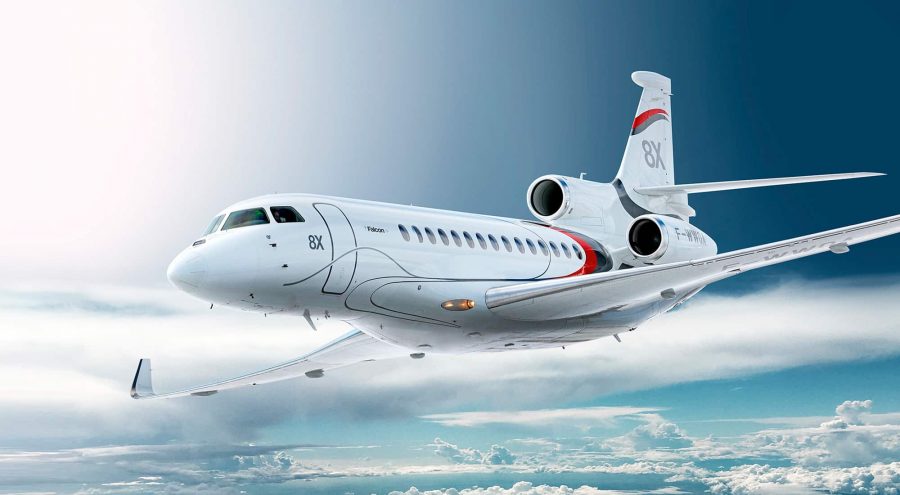
Embraer Legacy 650: Made in Brazil, the Legacy 650 combines reliable performance with luxury. The cabin is divided into three zones, accommodating up to 14 passengers in comfort. With a range of 7,223 km, it is suitable for international travel. Its stall speed is about 180 km/h (100 kt).
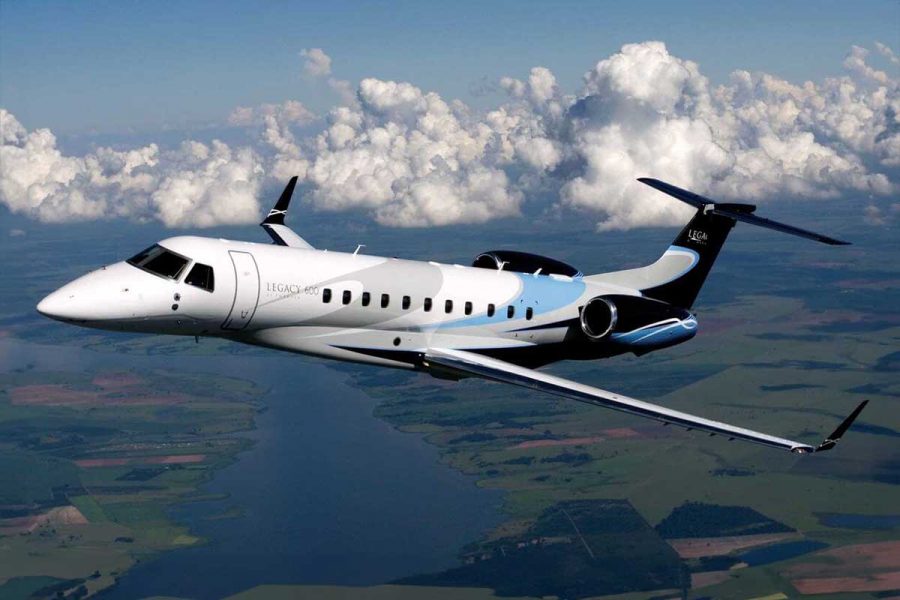
Why book your next flight with Flapper?
Flapper is a highly acclaimed company that has brought together 30,000 content customers from all over the world. Booking a flight with Flapper is much more than a simple transaction. It’s a trip to explore airline aviation from a new point of view. We are rated “Excellent” on TrustPilot and maintain impeccable safety records.

We offer a personalized service in different countries, 100% adapted to your needs.

Thanks to our technology, we can respond quickly and offer numerous payment options.

Choose from more than 100 different types of planes, helicopters and turboprops.
Contact us
Would you prefer to contact us via Email or Whatsapp to customize your itinerary? Simply click on the bottom button. Your private plane is just a click away!

